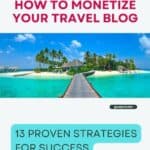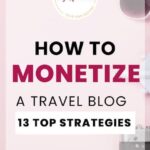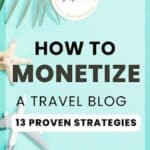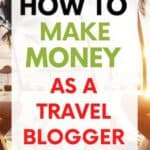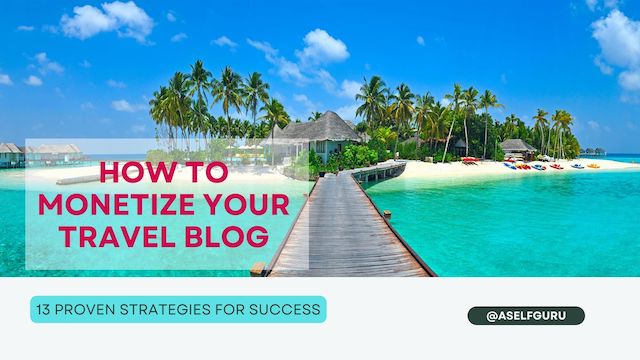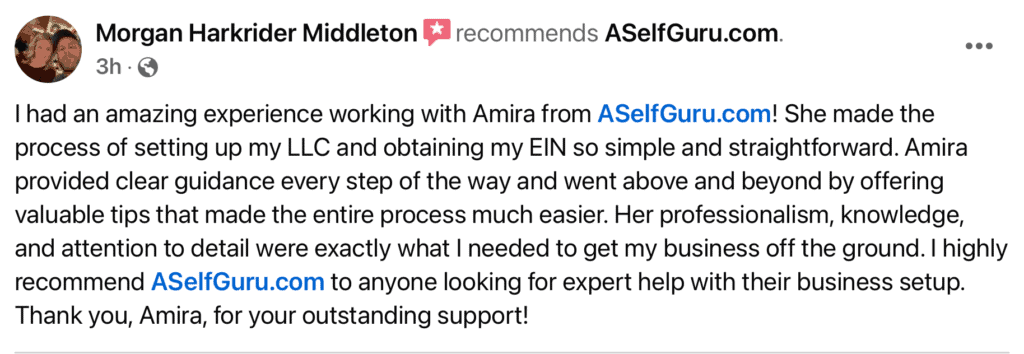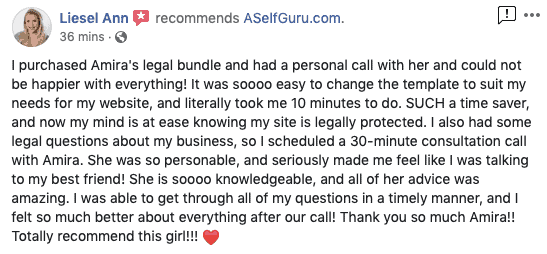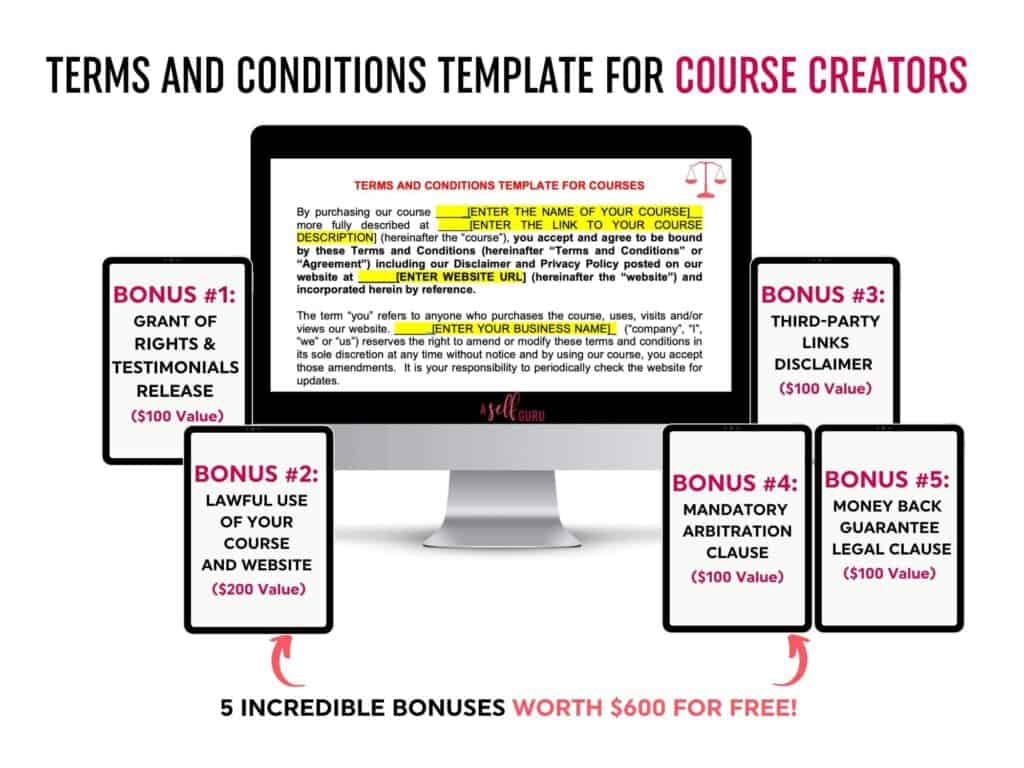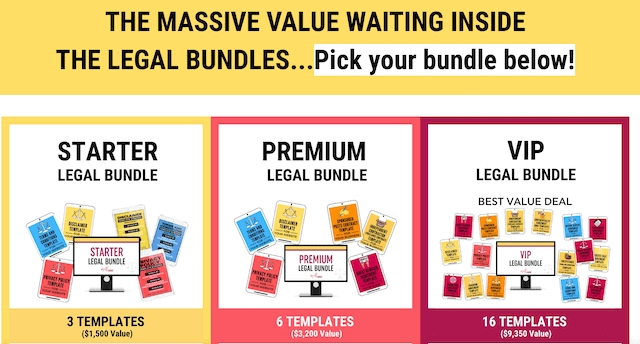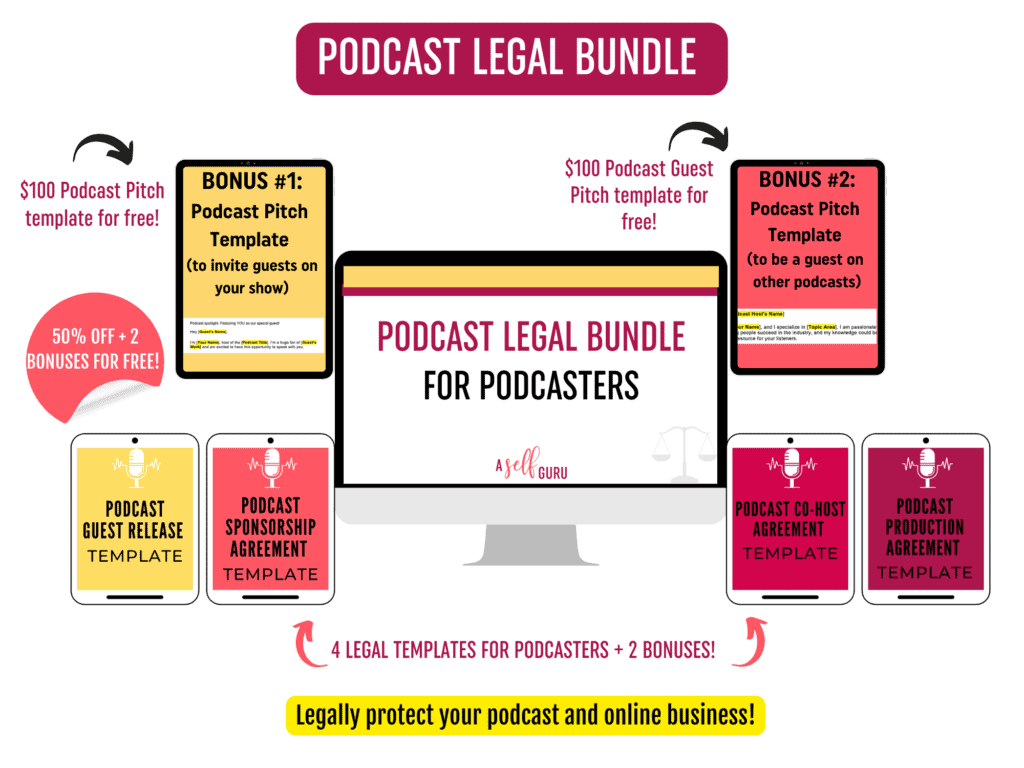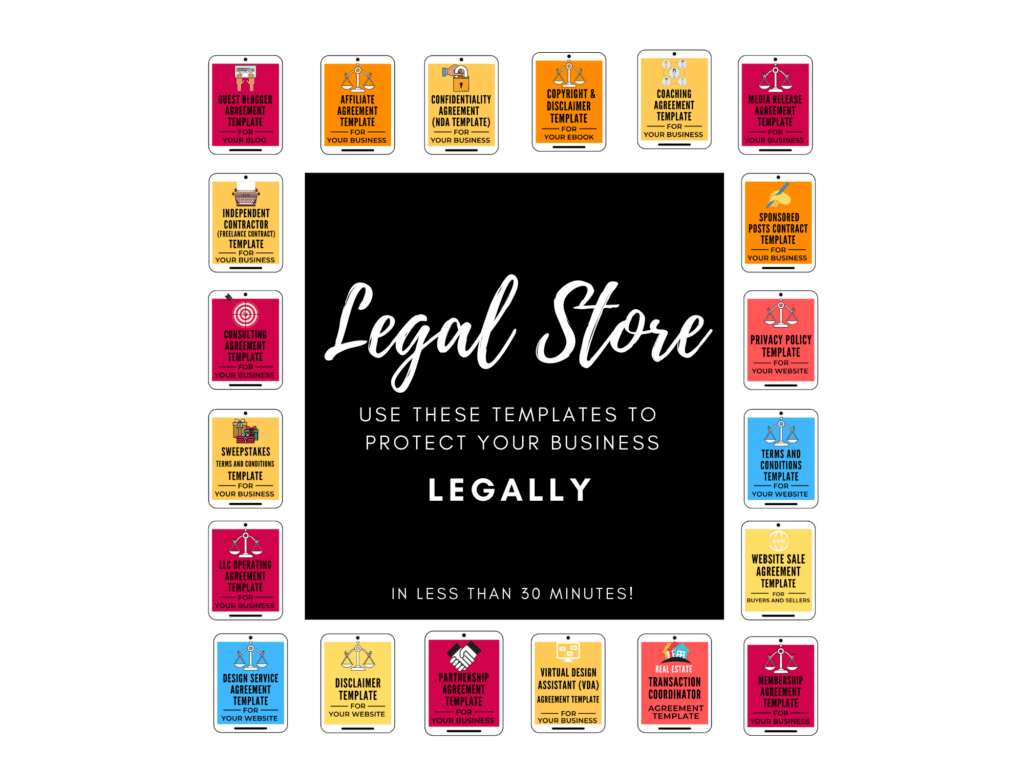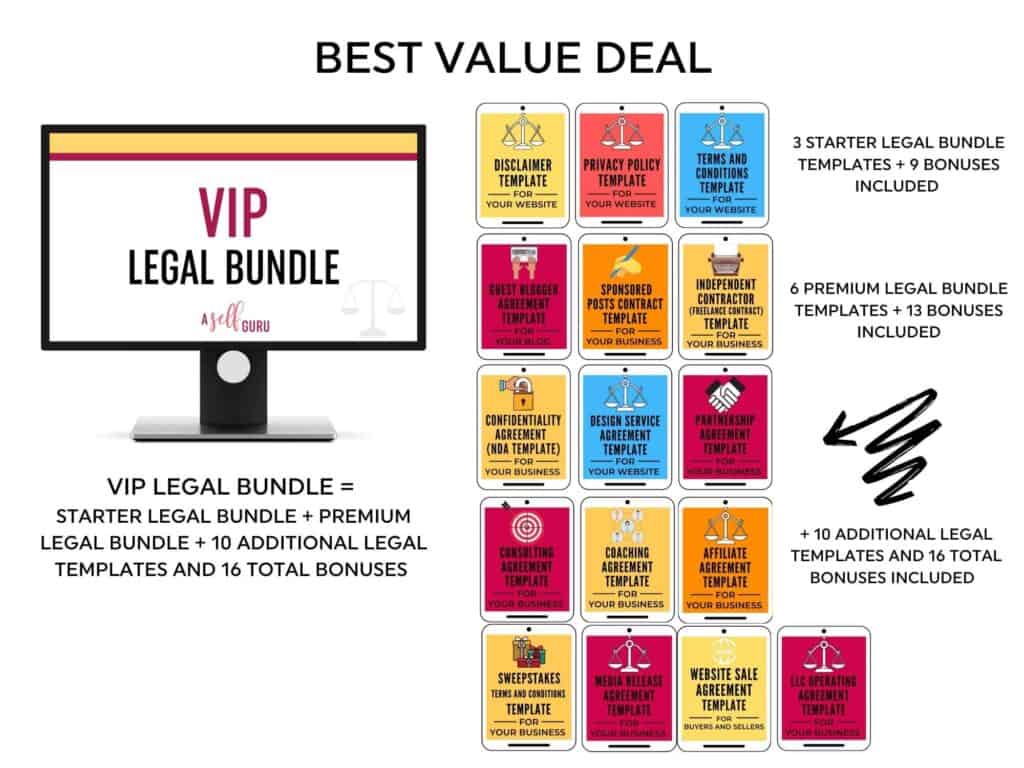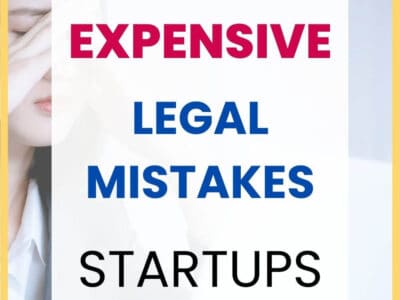Are you wondering how to monetize a travel blog?
Turning your travel blog from a passion project to a steady source of income doesn’t happen overnight.
Yet, for those who are ready for the challenge, it is certainly a venture that is well worth the time and effort.
After all, what blogger wouldn’t want to quit their job and become a full-time traveler?
Whether you’re just looking to earn a bit of side income or achieve the ultimate dream of making blogging your full-time career, there are many tips that you can use to help reach your goal.
From affiliate marketing partnerships to selling physical merchandise online, you can transform your blog from passion to profit with some of the following proven trategies.
This step-by-step guide will show you different ways to monetize your travel blog effectively, whether you’re just starting out or looking to scale.
Table of Contents
Why Monetizing Your Travel Blog is Worth It
Before we go into the best way to monetize a travel blog, let’s quickly discuss why it’s a good idea to make money travel blogging:
-
Earn While You Explore
Say goodbye to desk jobs! Blogging allows you to create an income stream while traveling and doing what you love.
-
Be Your Own Boss
Control your work hours and projects without reporting to anyone else.
-
Join a Thriving Community
Tap into a global network of travel enthusiasts who value your insights.
-
Scaleable Income
Unlike a full-time job, blog revenue has no income cap if you diversify your monetization strategies effectively.
But monetizing a blog takes consistency, strategy, and creativity.
As content creators, there’s real money to be made from your travel experiences.
Below, we’ll detail exactly how to turn your travel blog into a revenue-generating business model.
How to Monetize a Travel Blog: 13 Proven Strategies
Now let’s get into the different strategies you can use to make money as a travel blogger.
Build a Loyal Audience
Before any monetization efforts can be truly effective, your travel blog will need consistent traffic.
Before you panic and give up, keep in mind that this doesn’t mean that you need millions of readers. Even a small, dedicated readership will work.
Here are 4 ways to grow a loyal audience:
-
Understand your audience: Writing for your readers instead of writing for yourself is key to growing your audience. Do your research on who consumes your content the most. Tailor your posts directly to them and what information they find the most valuable.
-
Boost engagement: The average consumer spends about 52 seconds reading a blog post. That’s a short window to grab their attention, so use eye-catching and engaging tactics like sharing personal stories, including compelling mages, and clear formatting to make your content easy to read.
-
Make your posts discoverable and shareable: There’s no use in a brilliant blog post if no one can find it. Using strong keywords and other Search Engine Optimization (SEO) tactics will ensure that your blog ranks higher in search results, thus making it easier for people to find. Also, be sure readers can easily share your posts on platforms like Instagram and Facebook.
-
Network within the industry: If you can, make friends with other bloggers in the industry. Partnerships and collaborative writing will not only increase traffic to your page but also awareness of your brand. Remember, a good brand name is built one step at a time, so don’t stress if a single partnership only brings a few more readers. That’s more than you had before, and that’s still progress!
Related Post: How to Monetize Your Expertise (10 Proven Ways)
Use Affiliate Marketing
Affiliate marketing is a revenue-sharing method whereby a blogger promotes another business’s goods or services and earns a commission for each sale or action generated through that unique affiliate link.
If your blog is the bread, then affiliate marketing is the butter.
In fact, most revenue-earning bloggers cite affiliate marketing as their top source of funds.
Popular examples of affiliate options for travel bloggers include:
-
Amazon Associates: Widely considered to be one of the most popular and used affiliate programs, Amazon allows bloggers to earn a percentage of each sale by recommending Amazon products like travel gear, accessories, and books.
-
Booking.com program: Another popular and widely used affiliate program – Booking.com, lets you earn commission through your accommodation suggestions when readers book via your link.
-
Travel insurance companies: Many travelers, especially those needing a visa, will require insurance.
-
eSIMs: Since mobile data is essential for travelers, and most are tired of the hassle of physical SIM cards, partnering with an eSIM provider may be a smart option. If you’re traveling to Paris, for example, you could use the opportunity to promote the eSIM data plan for France.
To maximize the effectiveness of affiliate marketing, incorporate affiliate links naturally within your text.
A reader will sniff out unnaturally placed marketing links and may not trust your future recommendations as a result.
Make sure to give this affiliate disclosure when sharing links.
Join different affiliate networks to increase your affiliate income by creating exclusive content for that specific product.
For example, join our high paying affiliate program, which all travel bloggers can use to protect their online business legally.
Learn more about our program in this video.
Offer Sponsored Content
94% of travel blogs sell advertising.
As your blog grows, travel brands will naturally start to reach out to you – or you to them – for sponsored content opportunities.
Companies will pay you to write about their goods and services in a way that aligns with your own brand and blog audience.
Use 3 top tips to attract sponsorships:
-
Create and maintain a professional media kit: This might seem like a mountain of admin, but it should be a top priority for your brand. The kit should represent your business in a professional and appealing light. Include elements like customer demographics and engagement statistics, your mission statement, and past collaborations.
-
Reach out to other brands: You miss 100% of the shots you don’t take. Wait for brands to approach you – pitch potential collaborations yourself.
-
Be transparent: Always disclose sponsorships with your audience so that you maintain their trust and loyalty in your content and recommendations.
Sign up for this blogging course to land sponsorships and make $10,000 a month!
Sell Digital Products
Crafting and selling digital products may just be a part of your blogging journey, but if created and marketed well, your own products can be a great passive way to generate income.
Some examples of digital travel products include:
-
Travel Guides and Ebooks: Share your knowledge and experience through niche e-books and guides about a specific destination or type of travel (budget, solo, sustainable, etc.)
-
Printable packing lists, itineraries, and planners: Customizable packing lists, travel budget planners, and destination-specific itineraries can make traveling (and the prep beforehand) a lot easier and more enjoyable for your readers.
-
Photography presents: Tourists love great pictures, so offering preset filters on a platform like Lightroom can help readers enhance their photos at the click of a button.
-
Online travel courses or webinars: Many want to learn how to travel smarter and more efficiently, so branching out and offering high-quality and valuable online courses on these topics can be very lucrative.
Once created, your own digital products will generate passive income for your business, with only minimal periodic updates needed.
Sell Physical Merchandise
Selling physical branded merchandise – “merch” – is an often forgotten revenue stream, even though it is a potentially very profitable venture for your travel blog.
It’s a fun way to engage with your audience while still earning income and increasing awareness of your brand.
Travel-related physical merch could include hats, phone cases, mugs, stickers, and even prints of your own travel photographs.
To succeed with selling in your online store, keep these 3 tips in mind:
-
Choose items that align with your brand: Since your merch is a reflection of your blog, the items you sell should align with your blog’s niche, audience preferences, and user experience.
-
Sell using a pre-order system: A pre-order sales system essentially means that you do not manufacture a product until someone purchases it. This type of system minimizes risk and demands a lot less inventory management, although shipping, returns, and defects may still be a challenge.
-
Market on a range of platforms: Promote your merch through blog content, sponsorships, email lists, and social media channels.
Use Social Media and Email Marketing
The key to any successful travel blog – and monetization of it – is connecting to the right audience.
Platforms like Instagram, Facebook, Pinterest, and YouTube allow you to reach a broader audience than your site itself allows for.
Email marketing is another invaluable tool and is one of the most popular marketing channels for a reason.
Some benefits of email marketing include:
-
Cost-effectiveness: Unlike other marketing options, email marketing has no ongoing costs beyond the email platform’s startup fee. That means no printing expenses, shipping costs, and subscription fees.
-
Personal communication: Email marketing is also one of the only marketing options that allow you to target a specific customer. Include the recipient’s name in the greeting, and tailor the mail to their interest and preferences to really optimize effectiveness.
-
Scalability: There’s no need to go all out at once. As your blog goes, so can your email marketing efforts.
Use a reliable email marketing service to connect with your target audience regularly.
Choose Platforms That Make Monetization Easy
The travel blogging journey is difficult enough, so choosing the right monetization platform is crucial to making the process easy, efficient, and worth your while.
Each of these platforms offers unique features that should help you maximize the earning potential of each blog post.
3 Great monetization platforms include:
-
WordPress: Arguably the most popular website and content development platform in the world, WordPress is fully customizable and offers a range of flexible support options for any blogger.
-
Medium: Developed for readers and writers alike, Medium is another popular content management option to consider. It’s like an online publishing house where everyone can share stories and ideas with like-minded individuals. The best part? The Medium partner program allows writers to earn revenue based on how other members engage with their blog posts.
-
Substack: An online platform that allows bloggers to build a subscription-based audience, Substack is perfect for those who write specialized travel content. The platform allows you to nurture a direct relationship with your audience and to build a solid and loyal following.
- Kartra: An all-in-one business platform that allows you to do everything. Read my detailed review and how I use it in my business here.
Optimize for SEO
No traffic, no income. That’s why understanding search engine optimization (SEO) is non-negotiable for your travel writing and social media posts.
New travel bloggers often fail to learn SEO and then wonder why their content creation is not generating traffic to their website.
Even if you are using a YouTube channel, you need to learn SEO to make sure your YouTube videos show up in the search.
Here’s how to get started:
- Choose the Right Keywords – Write content that aligns with keywords your target audience searches for. Use thiskeyword search tool.
- Create Comprehensive Guides – Aim to be the most detailed and helpful guide on a topic. Google ranks articles that provide value.
- Add Meta Titles and Descriptions – Use compelling meta titles and descriptions for every blog post with relevant keywords.
For instance, instead of “Things to Do in Paris,” create something like “Ultimate Guide to Paris Attractions for First-Timers.”
Build Engaging Content
Traffic is the lifeblood of a blog. To attract readers, commit to producing valuable, engaging, and relevant content.
Be consistent with posting blog content.
Successful travel blogs feature:
- Destination Guides – Create itineraries or travel tips for specific regions.
- Travel How-Tos – Tutorials like “How to Travel on a Budget in Europe.”
- Honest Reviews – Cover accommodations, attractions, or travel accessories.
- Compelling Narratives – Share your personal travel stories to connect emotionally with your audience.
Additionally, make blogging a habit—whether weekly or bi-weekly. A consistent schedule boosts visibility and credibility.
Advertisements
Once you grow your audience, you can join advertising networks such as Mediavine or Google AdSense.
Ads generate passive income as more readers visit your site.
Displaying advertisements on your blog is another effective way to generate income.
You can also work directly with companies to display banner ads.
Otherwise, use ad networks like Google AdSense to automatically place ads on your blog based on your content and audience.
Host Tours or Workshops
If you’re an expert in certain destinations, travel site, or skills (e.g., photography or backpacking), offer hands-on workshops or private tours.
This will help establish a quick connection with your target audience and you will also make money doing what you love.
Consulting/Coaching
Similar to creating e-books or creating an online course, if you have specialized knowledge or skills, you can offer consulting or coaching services through your travel blog.
This is a great way to directly work with your audience and provide personalized guidance as a successful travel blogger.
FAQs About Monetizing Your Travel Blog
Below are answers to common questions about how to monetize a travel blog.
How long does it take to make money from a travel blog?
Realistically, it can take 6 months to a year to start generating income if you consistently publish high-quality content and expand your audience. Patience and persistence are essential.
Is it too late to start my travel blog in 2025?
Not at all! Niches like eco-tourism and local travel are still underserved. Leveraging new trends in AI content optimization can also give newcomers an edge.
Can you monetize a travel blog without traveling full-time?
Absolutely. Many bloggers create content by revisiting past trip highlights or sourcing contributors.
You can also focus on regional travel or expert insights instead of globetrotting.
How much money do travel bloggers make?
The amount of money travel bloggers make varies greatly and depends on several factors such as their niche, audience size, engagement levels, monetization strategies, and different revenue streams.
Some travel bloggers may only make a few hundred dollars per month, while others can make thousands or even six-figure incomes.
Can you make $1,000 a month with a blog?
Absolutely! With the right strategies and dedication, it is definitely possible to make a substantial income from blogging.
One important factor to keep in mind is that blogging is not a get-rich-quick scheme. It takes time, effort, and consistency to build a successful blog and generate income from it.
One of the most common ways for travel bloggers to monetize their blogs is through sponsored content.
This involves partnering with brands or tourism boards who pay for content to be featured on the blog.
This can range from sponsored posts, social media shoutouts, or even press trips where all travel expenses are covered by the brand.
Affiliate marketing is another popular method for generating income as a travel blogger.
Are travel vlogs profitable?
Yes, travel vlogs can also be a profitable source of income for bloggers.
With the rise of video content and the popularity of platforms like YouTube, many travel bloggers have found success in creating engaging vlogs that showcase their travels.
Similar to sponsored content, vloggers can partner with brands for product placements or sponsored videos.
They can also earn revenue through ads on their videos and by collaborating with other creators through brand partnerships or sponsorships.
In addition to these methods, some travel bloggers also offer services such as consulting or coaching for aspiring travelers or businesses looking to collaborate with influencers.
This allows them to diversify their income streams and create multiple sources of revenue from their blog and vlog.
How do travel bloggers get started?
Travel blogging may seem like a glamorous and exciting career, but it takes time, dedication, and hard work to make it successful.
Here are some steps that new bloggers can take to become a profitable travel blogger:
- Find your niche: Before starting a blog, it’s important to identify what makes you unique as a traveler and what sets you apart from other bloggers in the industry. This could be your preferred style of travel (adventure, luxury, budget), your specific interests (food, culture, nature), or even your personality.
- Create high-quality content: In order to stand out in the saturated world of travel blogging, it’s crucial to have high-quality content on your blog and vlog. This includes well-written blog posts, stunning photographs and engaging videos.
- Engage with your audience: One of the key aspects of successful travel blogging is building a loyal community of readers and followers. Interacting with your audience through social media accounts, comments on your blog, and responding to emails can help foster a strong relationship with your readers.
- Collaborate with other bloggers: Collaborating with other bloggers not only allows you to tap into their audience but also helps in creating unique and diverse content for both parties. It’s also a great way to network within the industry.
- Use social media: Social media platforms such as Instagram, Twitter, and Facebook are powerful tools for promoting your blog and reaching a wider audience. Sharing your content on these platforms, engaging with followers, and utilizing hashtags can help increase visibility and attract new readers.
- Invest in SEO: Search Engine Optimization (SEO) is crucial for improving the visibility of your blog on search engines like Google. By optimizing your content with relevant keywords and meta descriptions, you can drive more traffic to your blog organically.
- Offer valuable freebies: People love getting something for free, so offering valuable free resources such as e-books, checklists, or templates can attract more readers to your blog. These freebies can also serve as lead magnets to grow your email list.
These are just some of the tips to create a profitable business online but my best advice would be to learn from a successful travel blogger.
You can buy a blogging course and learn how to create your own blog. This will save you a lot of stress and money. It’s the easiest way to get started in your travel niche.
Final Thoughts on Monetizing a Travel Blog
The bottom line is that successfully monetizing your travel blog requires more than just one revenue stream. It takes a lot of hard work and consistency.
By building a loyal and engaged audience and diversifying your revenue stream, your travel blog can be both a passion project and a steady source of income.
RELATED BLOG POSTS ON HOW TO MONETIZE YOUR TRAVEL BLOG
In addition to learning about how to monetize a travel blog, you should join our Facebook group for more support.
My legal tips page has blog posts and other valuable legal tips for entrepreneurs.
You should also check these other online resources:
How to Pitch a Guest Post that Gets Accepted Every Time
13 Best Contracts for Creatives (Plus Templates)
8 Key Elements of a Comprehensive Business Training Program
18 Critical Questions to Ask a Lawyer When Starting a Business
Why 50+ Entrepreneurs Don’t Trust Free Legal Templates to Protect Their Business
Should I Form an LLC for a Blog? (Lawyer Tips)
Lawyer’s Guide to ADA Website Compliance + WCAG Checklist
16 DIY Legal Document Templates for All Entrepreneurs
VISIT THIS FREEBIES PAGE TO GET 5 AWESOME FREE BUSINESS, BLOGGING AND LEGAL TIPS!
Below are some more helpful blog posts, legal tips, tools, and resources that you should check out next:
Outrank your competition and enhance your content creation
Beautiful Pinterest templates to increase traffic to your blog!
What’s an LLC and when to form one?
How to Legally Protect Your Book (with Proper Copyright Notice and Disclaimer Examples)
AI writing tool to write blog posts 10x faster, create social media content, videos, and any kind of content to save time in business
This SEO tool makes sure your blog posts rank on the first page of Google!
Manage your accounting effortlessly with this amazing tool.
MORE TOOLS TO GROW YOUR ONLINE BUSINESS
TubeBuddy to grow your YouTube channel, and this is another great tool for YouTube SEO.
Free SEO Masterclass to learn how to optimize your blog posts for SEO to rank on Google. You can also buy this awesome bundle of ebooks instead if you prefer ebooks over video training.
Best accounting software to manage profit and loss and more!
Best payroll service (super affordable too)
A great all-in-one business platform for hosting your course, email communications, sales pages, and more!
This paraphrasing tool to create original work for the client
A professional theme for your website
Millionaire blogger’s secrets here and tons of valuable resources.
How to start your blogging business and make money online
The Best Freelance Writing Contract Template (for writers and clients)
Guest Blogger Agreement to publish guest posts on your website legally and avoid any copyright infringement, Media release agreement to be able to use other people’s photos, videos, audio, and any other content legally, Privacy policy on your website to ensure your blog’s legal compliance, Disclaimer to limit your legal liability, Terms and Conditions to set your blog rules and regulations! Get all of these templates at a discounted rate in one of my best-selling VIP legal bundle here.

